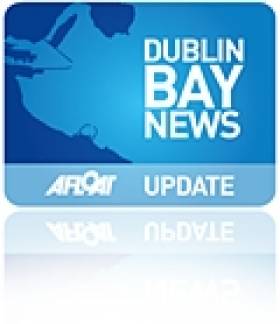Displaying items by tag: Carlisle Pier
Harbour Company issue Carlisle Pier Statement
The Dun Laoghaire Harbour Company has issued a brief statement regarding the decision of An Bord Pleanala on the demolition of structures on the Carlisle Pier last September. Afloat.ie reported that Ciaran Cuffe has called for the old Victorian structure on the pier to be rebuilt.
The Harbour Company published a brief statement on its website in response:
"The Dun Laoghaire Harbour Company is studying the initial report of An Bord Pleanala regarding the Carlisle Pier, and notes that it is the opinion of the Bord that the works, which occurred in early September 2009, did not involve Protected Structures or interfere with the setting of any Protected Structures. The Bord was of the view that the works required permission, and the structures constituted "Business Premises". The Harbour Company, in the light of the long disuse of the Pier, will study the report of the Bord's Inspector in detail and will then be in a position to make further comment.
Green TD wants Carlisle Pier Rebuilt
Green TD Ciaran Cuffe wants the Dun Laoghaire Harbour Company to rebuild the Victorian Railway building on Dun Laoghaire's Carlisle Pier. The structures on the Carlisle Pier were demolished in September of last year, and Deputy Cuffe reported the demolition to An Bord Pleanála in October, claiming that the demolition breached planning regulations and should have gone for approval. The Board ruled that the demolition of Carlisle Pier did not constitute 'exempted development' and therefore required planning permission. Cuffe has requested a meeting with the harbour company as soon as possible.
A statement on his website says:
“I welcome An Board Pleanála decision which holds that the Harbour Company were not authorised to demolish the pier in the manner in which they did.
“Few would shed any tears for the removal of the newer 1960s building on the pier but beneath it was an old Victorian Railway building that was a part of Dún Laoghaire's heritage.
“I think independent semi state companies should adhere to the highest planning standards. I am disappointed that the Dún Laoghaire Harbour Company demolished the building despite my writing to them stating that the demolition was illegal. They wiped away more than a century of our history and heritage, without asking the people of Dún Laoghaire for their opinion.
“I understand that much of the original building has been salvaged by the Dún Laoghaire Harbour Company. I hope that they will now restore the nineteenth century Railway Building that stood intact on the site concealed underneath the twentieth century building.”






























































